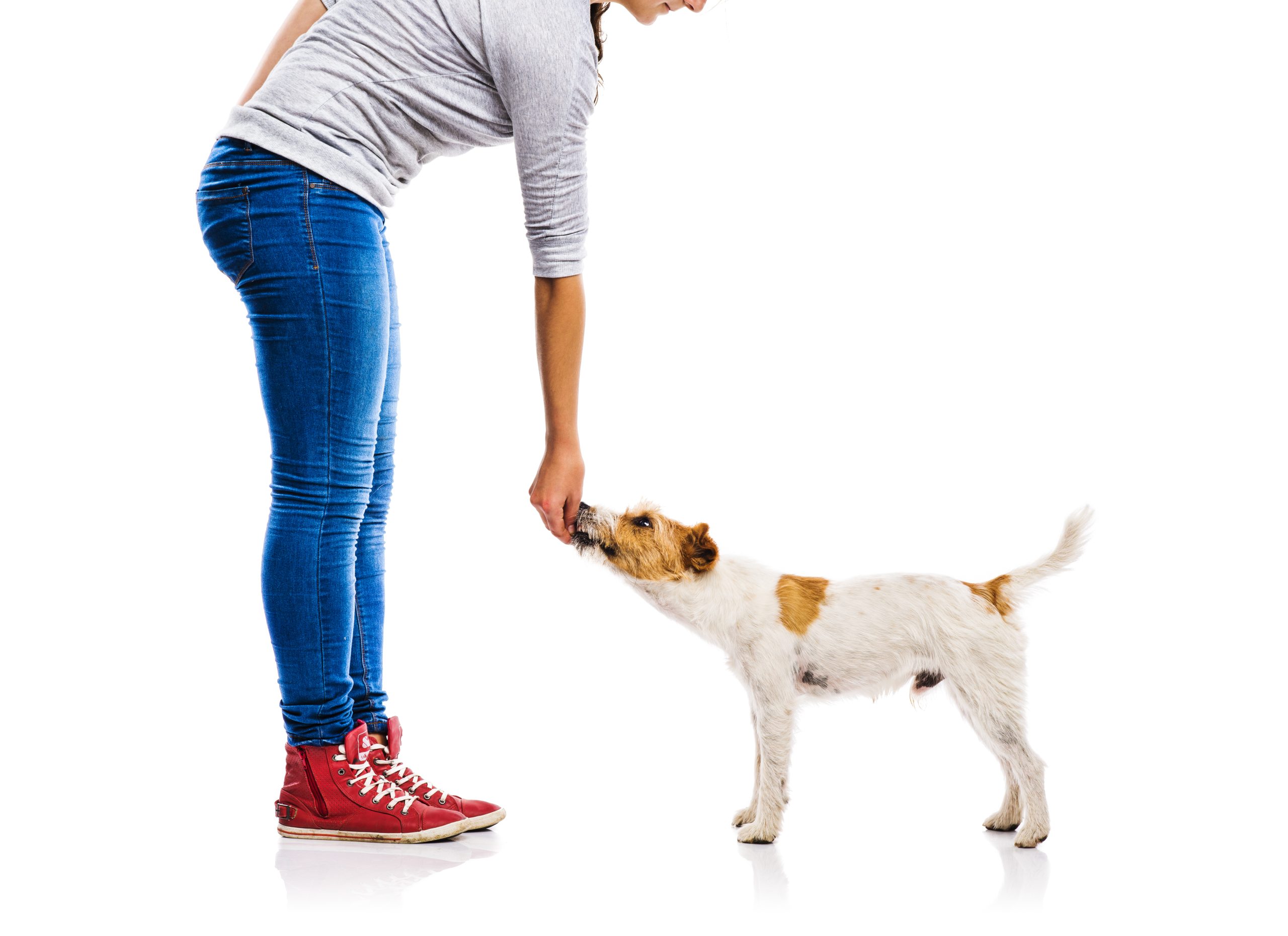Welcome to Indoor Puppy Training 101! In this blog post, we will cover everything you need to know about training your puppy indoors. From potty training to obedience training and beyond, we’ve got you covered. Let’s get started!
Introduction to Indoor Puppy Training
Indoor puppy training is essential for a well-behaved dog. It can be challenging to train a young pup, but with the right techniques, it is possible to teach them good habits in just a few weeks. The key is consistency, patience, and positive reinforcement.
When Should You Train Your Puppy
The sooner you start training your puppy, the better. Ideally, you should begin when they are around eight weeks old. At this age, they are still developing their social skills and learning how to interact with people and other animals. By starting early, you can set a strong foundation for future behavior.
The Best Way to Potty Train Your Puppy
Potty training is one of the most significant challenges that new pet parents face. To make things easier, there are several methods you can use to potty train your puppy:
Crate training: This method involves using a crate to confine your pup during the day while you’re away. They won’t want to soil their bed, so they will learn to hold it until you take them outside.

Scheduled feedings: If you schedule your pup’s meals and take them out after each one, they will learn to associate going to the bathroom with eating.
Reward-based training: Positive reinforcement works wonders when it comes to teaching dogs new behaviors. Whenever your pup goes to the bathroom outside, give them praise or treats as a reward.
Obedience Training for Dogs: What Is the Best Method
There are many different schools of thought when it comes to obedience training for dogs. Some popular methods include:
Clicker training: This method uses a clicking sound to indicate when your dog has done something correctly. Over time, they will learn to associate the click with rewards like treats or playtime.
Leash/collar training: With this method, you use a leash and collar to guide your dog and correct bad behavior. Be sure to use gentle corrections and avoid harsh punishments.
Treibball: This fun sport involves teaching your dog to herd balls into a goal. It’s an excellent way to channel their energy and teach them focus and discipline.
How Many Days Per Week Should I Train My Dog
Ideally, you should aim to train your dog for at least five days per week. However, don’t overdo it – too much training can lead to burnout and frustration. Start with short sessions (around 5-10 minutes) and gradually increase the length as your dog becomes more proficient.
The Best Puppy Training Methods
There are countless ways to train a puppy, but some of the best methods include:
Socialization: Expose your pup to new environments, sounds, and people to help them become confident and well-adjusted adult dogs.
Playtime: Games like fetch and tug-of-war can strengthen your bond with your pup and provide mental stimulation.
Consistency: Always follow through on commands and rules to establish clear boundaries for your pup.
Stop Chewing, Jumping and Barking in Just a Few Weeks
If you’re struggling with common puppy problems like chewing, jumping, and barking, don’t despair. There are effective solutions for these issues:
Chewing: Provide plenty of appropriate chew toys and rotate them regularly to keep your pup interested. You can also spray deterrent products on items you don’t want them to chew.
Jumping: Teach your pup to sit before greeting people or giving them attention. Use a leash and collar to gently redirect their behavior if necessary.
Barking: Identify the cause of the barking (e.g., anxiety, loneliness, boredom) and address it directly. For example, if your pup is barking because they’re lonely, consider getting a companion animal or increasing their exercise routine.
Questions You Might Have
What is Introduction to Indoor Puppy Training and how does it work?
At its core, Introduction to Indoor Puppy Training refers to the process or practice of Introduction to Indoor Puppy Training in a defined context. In a simple project you might allocate 5–10 hours to learn and experiment with basic techniques. For example, someone starting out could focus on one key activity and measure how it improves their results. Understanding these mechanics helps you plan budgets, pick tools, and set realistic expectations.
How do you get started with Introduction to Indoor Puppy Training?
- Research at least two reputable sources to learn the fundamentals of Introduction to Indoor Puppy Training.
- Gather essential materials and set a small budget (for example, $50) for supplies.
- Create a step-by-step plan and dedicate 30 minutes each day to practice.
- Track your progress in a journal or spreadsheet and adjust based on what you learn.
What tools or supplies do you need for Introduction to Indoor Puppy Training?
Most projects involving Introduction to Indoor Puppy Training require a handful of basic tools. A beginner should obtain at least three of the following: a measuring tape or ruler, a reliable container or workspace, and a notepad or digital app for tracking data. Depending on your focus, you might also need a timer or specific handheld tools like a trowel or screwdriver. Starting with these essentials keeps costs manageable and lets you focus on technique.
Conclusion
Congratulations on completing Indoor Puppy Training 101! Remember, consistent practice and positive reinforcement are the keys to successful puppy training. Good luck with your furry friend!